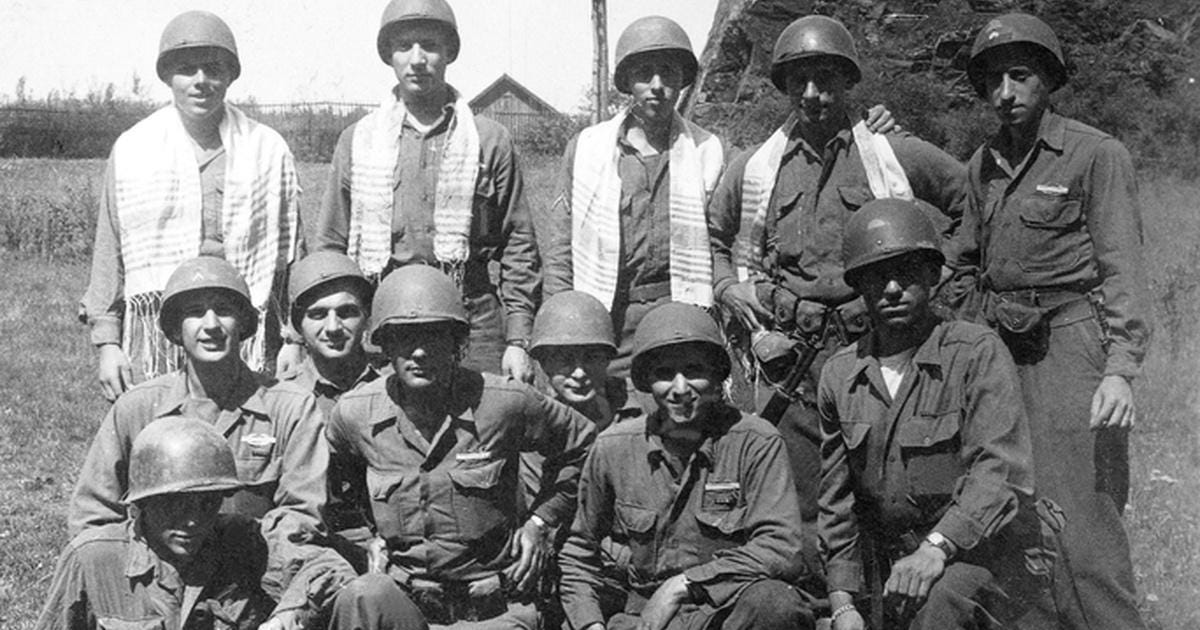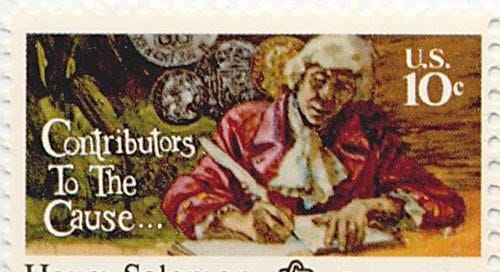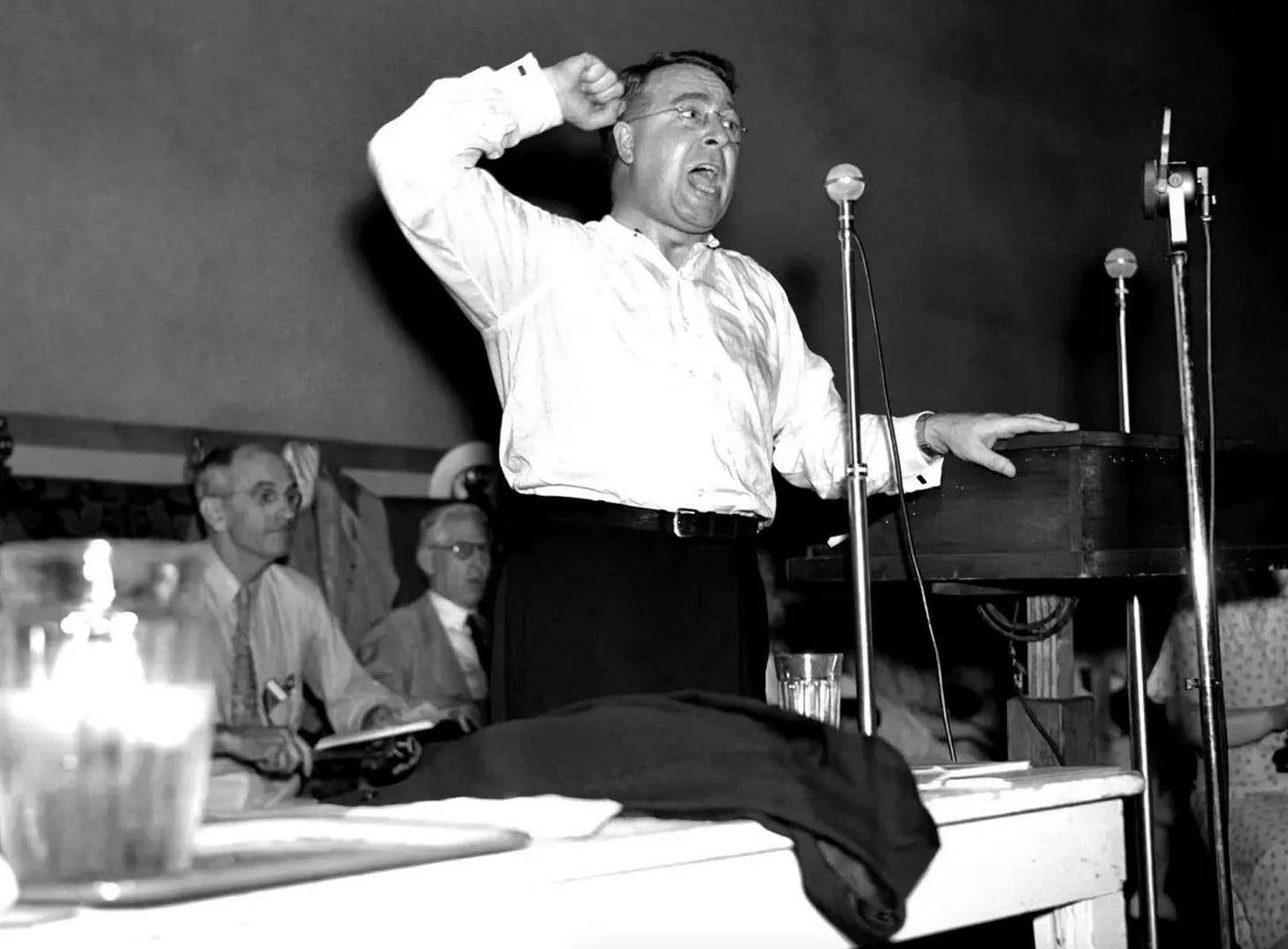
Though America has not been immune from the world’s oldest and most popular prejudice, the word pogrom was never to be found in the American lexicon. Jews were among the first Europeans to settle in North America, and between 1830 and 1914 some 2.2 million Jews emigrated from Europe to the United States. Like other immigrant groups they encountered bigotry and discrimination, but there was no systematic and brutal persecution of the kind they’d known in Russia and Poland. Prior to the foundation of the State of Israel, it may fairly be said that North America was, for Jews, the world’s safest haven. And with the passage of time American Jews have prospered mightily, in the process playing an important part in our national epic.
Examples of Jewish contributions to American life abound. Hyman G. Rickover was a Polish Jew whose family emigrated to America in 1906 when he was six. A brilliant high-school student, he was able to obtain an appointment to the United States Naval Academy in 1918, embarking upon what was to become the most consequential peacetime military career in American history. Rickover served for fifty-four years, rising to the rank of four-star admiral as director of the Navy’s nuclear propulsion program and “father of the nuclear Navy.” American Jews have also figured prominently in this country’s intellectual and cultural life, as the names Irving Berlin, Barbara Tuchman, Susan Sontag, Neil Simon, Rod Serling, Isaac Asimov, Philip Roth, Jodi Picoult and many others attest.
This is not to say that America’s record on antisemitism has been spotless. Prior to World War II, Jews in America faced considerable discrimination in education, housing, the professions, and social life. Many colleges and universities, for example, limited their enrollment of Jews—on the perverse argument that too many Jewish students on campus would incite antisemitism. Worse, there was sporadic violence. One terrible incident was the lynching of Leo Frank. Frank, a 29-year-old factory superintendent, had been convicted and sentenced to death in 1913 for the murder of a young woman in Atlanta, Georgia. In 1915, however, the Governor of Georgia commuted Frank’s sentence to life imprisonment, citing the overt antisemitism displayed during his trial. The ensuing public outcry focused on Frank’s Jewish identity, culminating in his abduction from prison and lynching by an angry mob.
Between the world wars, antisemitism in America was definitely on the rise. This was due in part to the disappointments of the Great War and the growth of isolationist sentiment in the postwar period. Foreigners in general were distrusted, and in 1924 this distrust was enshrined in a new, restrictive immigration law designed to preserve the white, Christian character of the country. This law had deadly consequences a decade and more later, when its provisions prevented European Jews fleeing Nazi persecution from obtaining refuge in the United States.

The postwar Red Scare and the perceived prominence of Jews in left-wing political parties also stoked antisemitism, giving rise to a belief that Jews in general were “Bolsheviks.” Nor did the advent of National Socialism in Germany, with its demonization of the “Jewish race,” benefit American Jews. When war broke out in Europe in 1939, public opinion remained firmly isolationist. The American people wanted no part of another European war, especially one supposedly to be fought on behalf of the Jews. The isolationist America First movement embodied a strong strain of antisemitism, as exemplified by its most famous spokesman, the aviator Charles Lindbergh.
Another prominent antisemite of the time was Father Charles Coughlin, a Catholic priest with a weekly radio show that at its peak of popularity had some 30 million listeners. On the air and in his newspaper Social Justice, Coughlin preached a malign populist gospel amalgamating anti-Communism, anti-capitalism and Jew hatred. He claimed that the Jews of America were plotting to embroil America in the war for the sake of their European compatriots and encouraged his radio audience to fight back against the internal enemy. In the late 1930s Coughlin went so far as to voice support for the anti-Jewish policies of the Nazi German government. And though the American Catholic hierarchy disapproved of his activities, his popularity was such that nothing was done to silence him. Only in 1940 did the National Association of Broadcasters adopt rules that effectively forced Coughlin off the air. After America’s entry into the war, his religious superiors ordered him to cease all political activity, and Coughlin complied.
The Japanese attack on Pearl Harbor effectively suppressed isolationism in America, and the nation’s experiences in World War II did much to stamp out the strident and widespread antisemitism of the 1930s. More than 500,000 Jews served in the US armed forces between 1941 and 1945—one was the young Henry Kissinger—strong evidence against the old charge that the Jews could not be trusted to behave as patriotic Americans. With the end of the war in Europe, the full horrors of the Nazi Final Solution were exposed, eliciting a wave of sympathy for the Jews. The establishment of the State of Israel in 1948 was a patriotic epic that stirred an echo in America’s collective consciousness. Exodus, a fictional account of Israel’s foundation by the American Jewish novelist Leon Uris, was published in 1958 and became a huge bestseller; in 1960 it was made into an equally successful film starring Paul Newman and Eva Marie Saint.

Even so, many of the ancient stereotypes on which antisemitism rests had found their way into the American consciousness and persist to this day: that the Jews are clanninsh, that they’re sharpsters in business, that money sticks to their fingers, that they have divided loyalties. These are not so very different from the stereotypes that were slapped on German, Irish and Italians immigrants, but they’ve lingered in a way that those other small bigotries have not. Though American Jews are highly assimilated, there does cling to them a sense of apartness that is felt not only by other Americans but by American Jews themselves.
Still, compared with the overt racism that plagued black Americans until quite recent times, American antisemitism, even at its worst, has been more troublesome than deadly. But times are changing. There can be no doubt today that American antisemitism is on the rise, manifesting itself among disparate groups who agree on little else. The old stereotypes and slanders reappear in forms both traditional and novel; the world’s oldest and most popular prejudice spreads like a virus through twenty-first century social media. Today there are American cities where observant Jews fear to wear the religious articles of clothing that identify them as such. There are university campuses where Jewish students are harassed and denounced. There are members of Congress who do not hesitate to voice their antisemitism.

This is bad news for American Jews—and bad news for America. Nowadays we hear a lot of talk about the various threats to “our democracy.” Whether democracy can survive at all in a country that tolerates a species of bigotry with a demonstrated record of violence and mass murder is the question of the moment.
If there’s one thing that America’s radical Right, progressive Left, and black nationalist groups agree on, it’s that Jews represent the focus of evil in the modern world. How each faction frames its antisemitism, and how all three variants combine to poison American public life, will be the subject of subsequent articles in this series.





My paternal and maternal grandparents were born in the Pale of Settlement and moved to the United States to escape the bigotry and violence against Jews so common in the late 19th and even early 20th centuries. It’s a good thing they did; their relatives who stayed behind were mostly murdered by the Nazis.
My mother, who is still alive in her mid 90s, grew up in upper Manhattan. When he first started out, Father Coughlin used to hold rallies in a courtyard behind the small apartment building where she grew up. During the summers when the weather was stiflingly hot, the only relief could be found by opening the windows. The downside is that during Coughlin’s rallies my mom, her brother and my grandparents could hear every Anti-Semitic word that he uttered. Mom’s memory is not what it used to be but to this day, she remembers the fear and dread she felt as a little girl every time she heard Father Coughlin speak.
Thank you, Thomas.